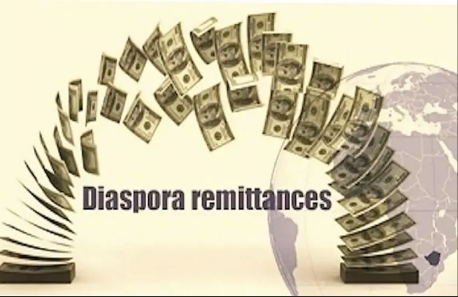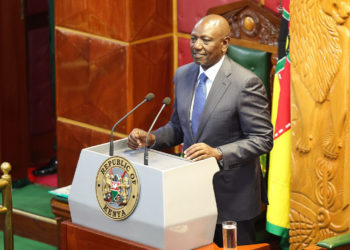Recent declines in inflation rates in both the US and UK—3.1% in January from 3.4% in December for the US, and 5.1% in January from 5.2% in December for the UK—have yielded positive effects on Kenya’s economy.
This has led to increased dollar inflows from the diaspora community, with January remittances rising by 10.7% to USD 412.4 million compared to December’s USD 372.6 million. Noteworthy is that 54.0% of January’s remittances were from the US, while Kenyans in the UK contributed USD 49.0 million, equivalent to 11.9% of total remittances.
The purchasing power of Kenyan diaspora communities residing in the US and UK is directly impacted by inflationary pressures in these countries. High inflation can diminish their earnings’ value, making it harder to send money home.
Consequently, elevated inflation may prompt individuals to prioritize their own increasing living costs over remittances, leading to reduced flows to countries like Kenya.
Recent months have seen moderation in inflationary pressures in both the US and UK, attributed to factors such as improved supply chains, reduced pandemic disruptions, and central bank policies aimed at price stabilization.
The Federal Reserve in the US and the Bank of England in the UK have pursued gradual tightening measures, resulting in more favorable economic conditions marked by lower inflation.
The decreased inflation in the US and UK has positively impacted Kenya’s diaspora dollar flows. With enhanced economic stability and purchasing power, Kenyan diaspora members are better positioned to remit funds home.
Lower inflation preserves their earnings’ value, allowing for larger remittance allocations. Consequently, Kenya has witnessed a significant rise in remittances, vital for foreign exchange reserves and balance of payments support.
The surge in diaspora dollar inflows holds several implications for Kenya’s economy. Primarily, it bolsters household incomes, especially in rural areas where families rely on remittances for sustenance.
Additionally, increased foreign exchange influx strengthens Kenya’s currency, mitigating exchange rate fluctuations. Moreover, higher remittance inflows stimulate domestic consumption and investment, fostering economic expansion by boosting demand for goods and services and generating employment opportunities.


















